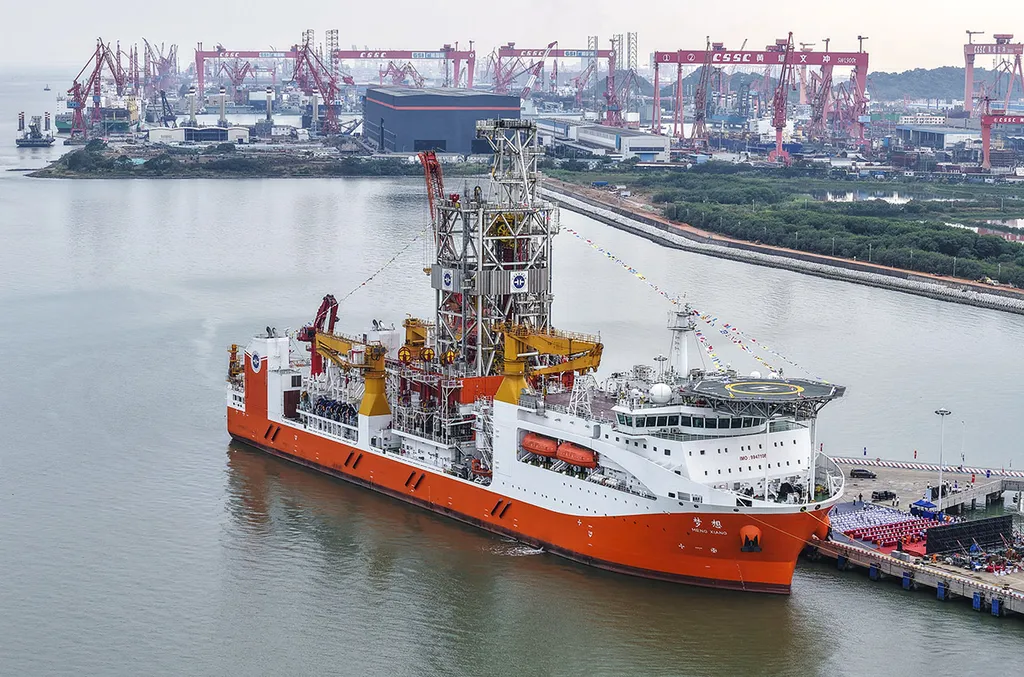In the world of subsea drilling, the blowout preventer (BOP) stack is a critical piece of equipment, acting as a safety valve to prevent catastrophic oil and gas blowouts. A key component of this system is the choke and kill line connector, which allows for the control and management of well pressures. Until now, the technology behind these connectors has been largely dominated by a handful of foreign manufacturers. However, a recent study published in ‘Shiyou jixie’ (Petroleum Machinery), led by Hou Guoqing, aims to change that.
Hou Guoqing, whose affiliation is not specified, and his team have taken a deep dive into the current state of choke and kill line connectors, analyzing designs from common mechanical types to more advanced hydraulic systems like those from Hydril, Radoil, AXON, and Shaffer. The study highlights the strengths and weaknesses of each design, providing a roadmap for the development of indigenous technology.
So, why does this matter? Well, for starters, it’s about energy security and maritime rights. As Hou Guoqing puts it, “To guarantee our country’s energy security and protect our maritime rights and interests, and to accelerate the development of BOP stack with independent intellectual property rights.” By developing their own technology, countries can reduce their reliance on foreign manufacturers, potentially lowering costs and increasing control over their own resources.
Moreover, this research opens up commercial opportunities. As the study suggests, there’s a need for improved product structure, sealing materials, and locking mechanisms. This presents a chance for maritime sectors to innovate and develop new technologies, potentially creating new markets and job opportunities.
The study also sheds light on the technical aspects of these connectors. For instance, it emphasizes the importance of the sealing materials used, which can greatly affect the connector’s performance and lifespan. It also discusses the locking mechanism, which is crucial for ensuring the connector remains securely in place during operations.
In essence, this research is a step towards greater independence and innovation in the maritime sector. By understanding and improving the technology behind choke and kill line connectors, we can enhance the safety and efficiency of subsea drilling operations, ultimately benefiting the industry as a whole. As the study concludes, “Research on the product structure, sealing materials and locking mechanism should be strengthened during development of subsea BOP choke and kill line connector.” This is a call to action for the maritime community to come together and drive this technology forward.

